Types of Pectus Carinatum
Pectus Carinatum presents in different forms but there are consistent anomalies between them. Because there are different formations, only a custom bracing solution should be considered.
In most cases there is a protrusion of some part of the sternum, a depression of the anterior ribs below the protrusion and then a flaring of the distal (lower) ribs.
From a medical standpoint there are two types of pectus carinatum: chondrogladiolar prominence (CG) and chondromanubrial prominence (CM). With CG, the middle and lower areas of the rib cage arch forward. The longer, more flexible ribs are affected. With CM (rarer) the upper rib cage is affected. It is more difficult to treat because of the high location and because the affected ribs are shorter and less flexible.
Pectus carinatum may also be classified by cause and time of onset. Those classifications include:
- post-surgical, which happens when the sternum doesn’t heal properly after surgery or chest trauma
- congenital, where premature fusion of the chest cavity is present at birth
- idiopathic, the most common type of PC, which usually appears between ages 7 and 15 and correlates with growth spurts
- adult, usually an untreated idiopathic PC
- Mild
- Moderate
- Severe
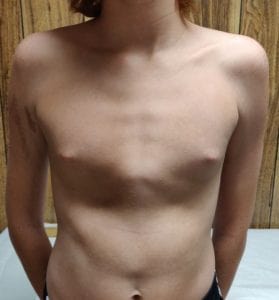
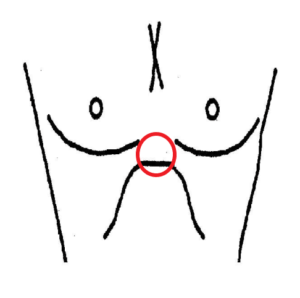
Central Low
Apex below nipple line. Typically form a “spike” type deformity. Usually very flexible and usually corrects completely with the LAPBTP.read more

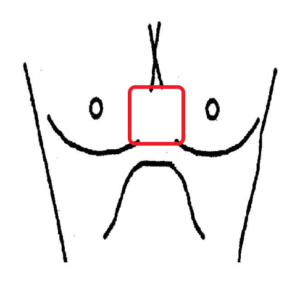
Central Mid
roughly in line with the nipples. Forms more of a squarish protrusion. Also typically flxible and will correct completely with the LAPBTP.read more
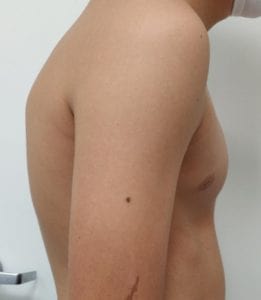
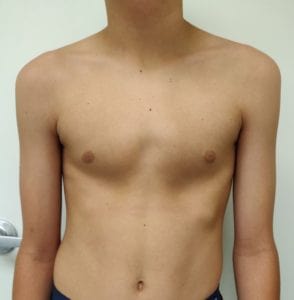
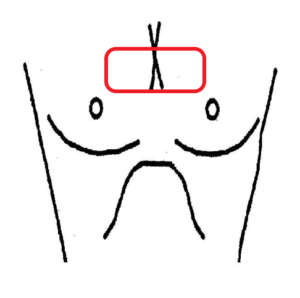
Central High
A chondromanubrial prominence which is higher on the chest with the apex above the nipple line. Less common and less responsive to treatment but is still usually corrected 50-80% with the LAPBTP.read more
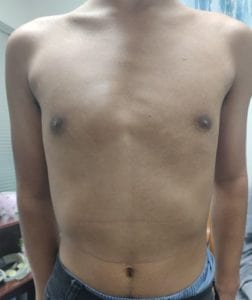
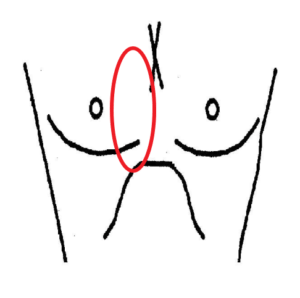
Right Lateral
The deformity is asymmetrical on the right side of the chest. This should ideally be braced a little earlier. Once they develop and become more severe, the deformity typically drifts more laterally making brace correction more difficult and requiring a more extensive form of LA Pectus Brace.read more

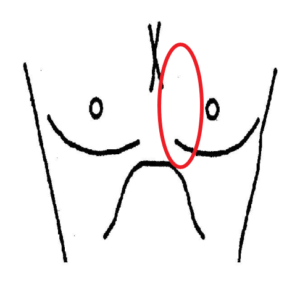
Left Lateral
The same as the right lateral PC but the protrusion is now on the left side. Also should ideally be braced a little earlier and with more severe cases require a more extensive form of LA Pectus Brace.read more
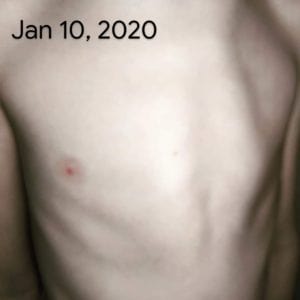
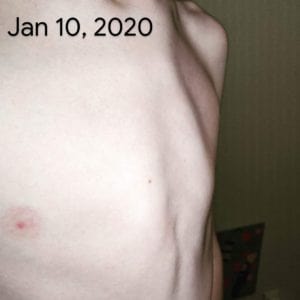
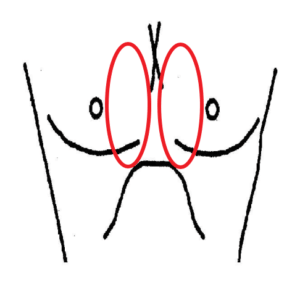
Double Lateral
A less common form of PC where there appears to be both a left lateral and a right lateral. This is usually easy to correct and we expect a 100% improvement.read more
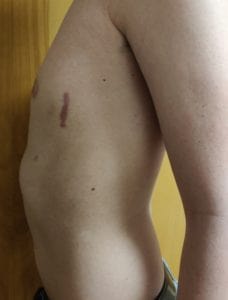
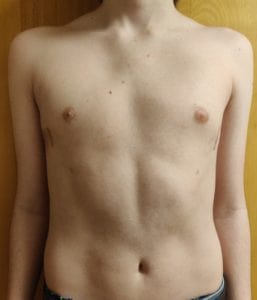
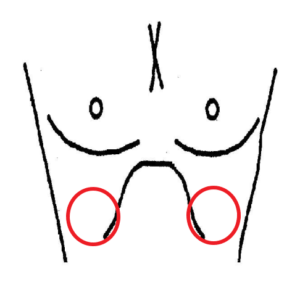
Rib Flaring
Some degree of rib flaring is common in most PC deformity but occasionally is the predominant anomaly. It is also often seen following Pectus Excavatum surgery.read more


Barrel Chest
Similar in appearance to the Central Mid PC, but a Barrel Chest does not have a protrusion. Instead it is a chest that is excessively deep relative to its width. Often also associated with Scheurmans Kyphosis. It is typically flexible and with the LABTP can be significantly improved. When there is Kyphosis present, it may also reduce some of the Kyphosis deformity.
